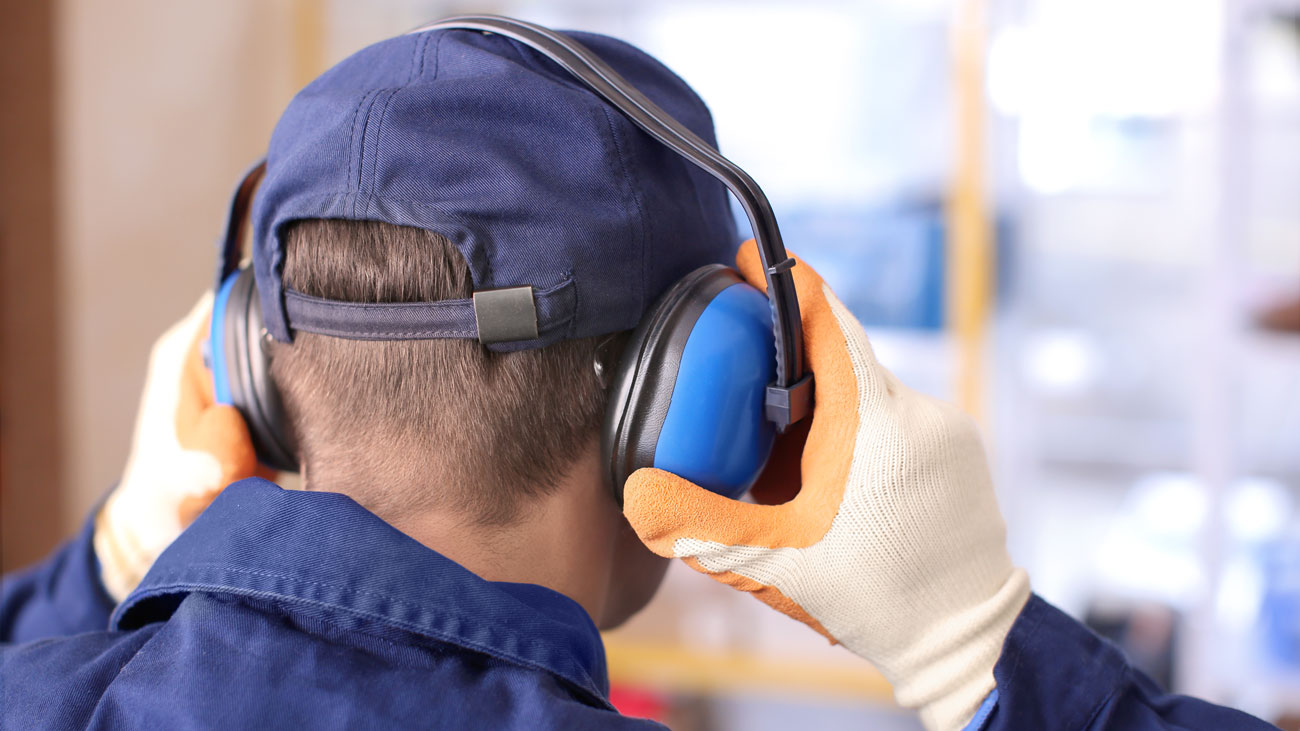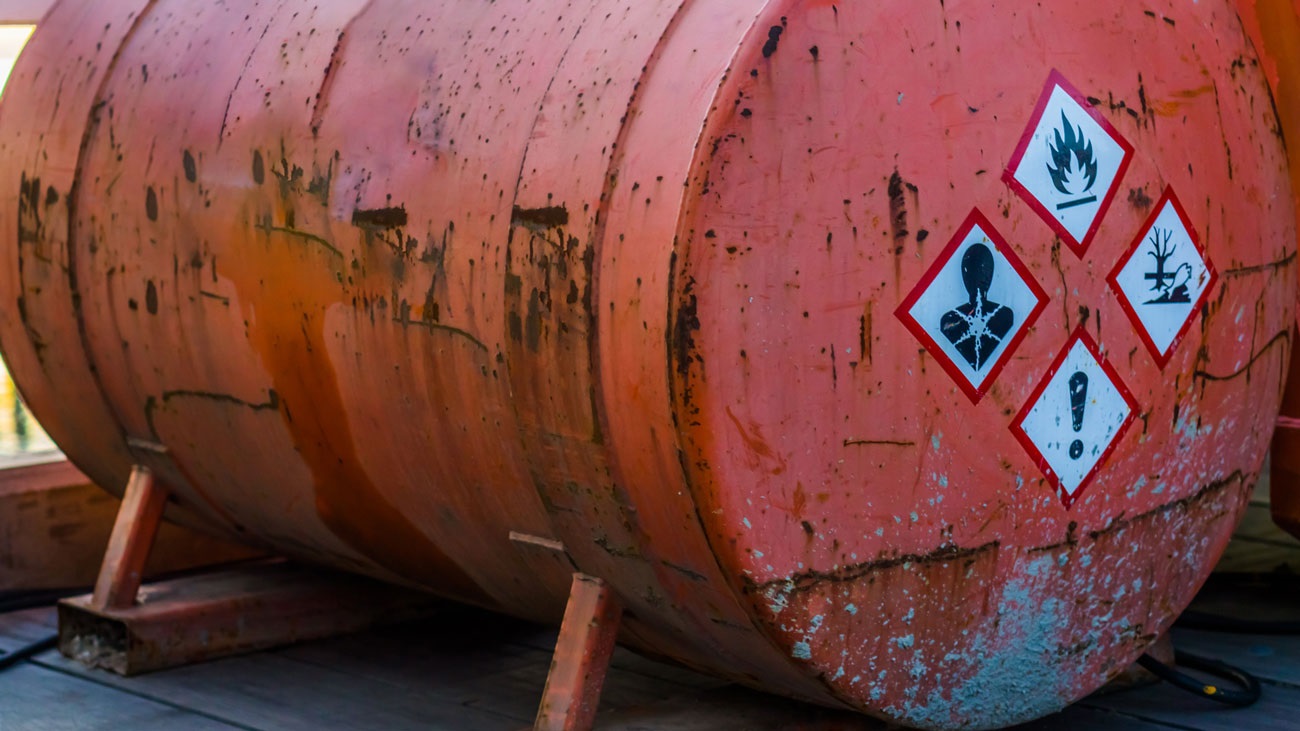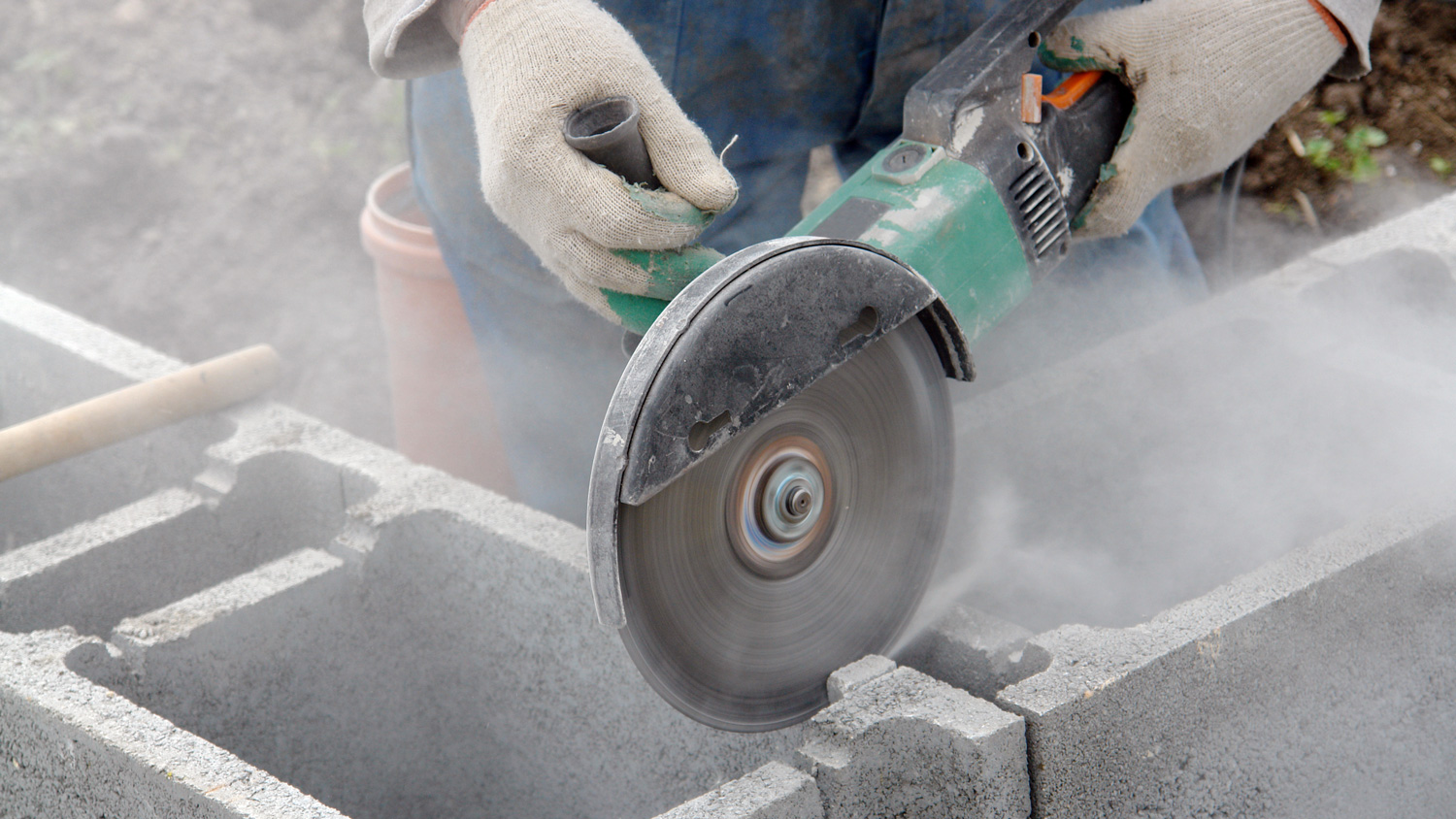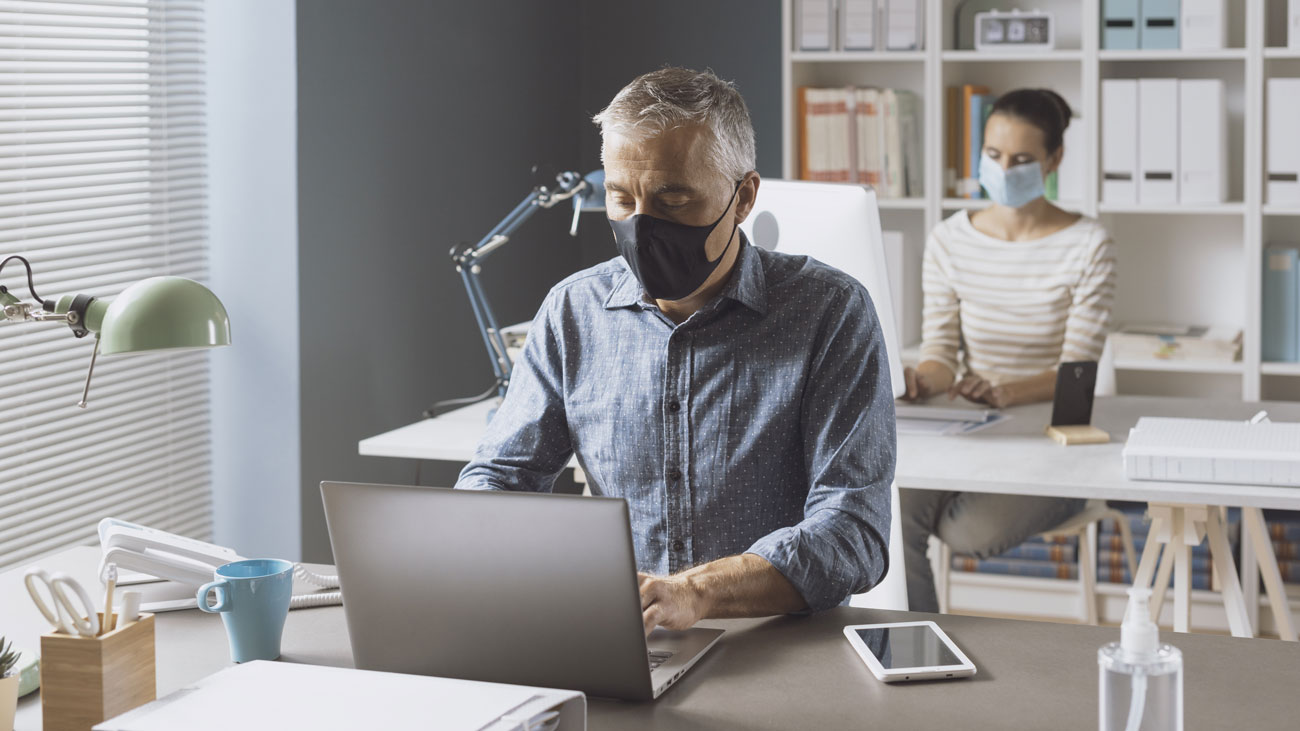
Noise: the cost to the engineering industry
Noise is a significant concern in the engineering industry, particularly in environments where heavy machinery, equipment and industrial processes are prevalent.
Prolonged exposure to high levels of noise can lead to hearing loss, tinnitus (ringing in the ears) and other auditory problems among workers. Additionally, noise exposure has been linked to non-auditory health issues such as increased stress, hypertension and sleep disturbances.
The HSE estimates that around 17,000 people in the UK suffer from deafness, tinnitus or other hearing problems caused by exposure to excessive noise at work. Engineering workers are among those at risk due to the use of heavy machinery and equipment.
Noise-induced hearing loss and related health issues can have significant economic costs, including healthcare expenses, lost productivity, and compensation claims. The HSE estimates the annual cost to society from work-related hearing problems to be in the hundreds of millions of pounds.
Noise generated by engineering activities can also impact the surrounding environment and communities. Engineers need to consider noise emissions when designing facilities and infrastructure, especially in urban areas or near residential zones, and implement measures to minimise noise pollution.
Identifying a noise problem
In engineering, whether you have a noise problem in your workplace depends on how loud the noise is and how long people are exposed to it.
You will probably need to do something about the noise if any of the following apply:
- The noise is intrusive - like a busy street, a vacuum cleaner or a crowded restaurant, or worse than intrusive, for most of the working day.
- Your employees have to raise their voices to have a normal conversation when about two metres apart for at least part of the day.
- Your employees use noisy powered tools or machinery for more than half an hour a day.
- There are noises due to impacts such as:
- Hammering.
- Drop forging.
- Pneumatic impact tools.
- There are noises from explosive sources such as:
- Cartridge-operated tools.
- Detonators.
- Guns.
A person's overall noise exposure may come directly from an individual machine, but noise from other machinery or processes elsewhere in the workshop may also contribute to this. This means that as well as a machine operator people at risk include those working nearby, for example, maintenance fitters, cleaners, forklift truck drivers and shop floor supervisors.
Below are some examples of typical everyday noise levels and noise levels for a selection of engineering processes where no steps have been taken to reduce noise:
- Grinding on a pedestal grinder 90-95 dB(A).
- Discharging metal objects into metal bins 85-95 dB(A).
- General noise level in fabrication shop 85-95 dB(A).
- Hammering steel 95-100 dB(A).
- Guillotining 95-100 dB(A).
- Multi-spindle automatic turning 95-105 dB(A).
- Circular sawing metal 95-105 dB(A).
- Pressing - blanking 95-110 dB(A).
- punch pressing 110-120 dB(A).
- Riveting 100-110 dB(A).
Inspectors often comment that the noisiest item in a workshop is the radio! But some important aspects of noise management employers in the engineering industry need to consider are:
- Regulatory compliance: The Control of Noise at Work Regulations 2005 require employers to take action to prevent or reduce risks to health and safety from noise at work. Engineering companies must comply with these regulations, which include requirements for noise monitoring, assessment, and control measures.
- Enforcement: The HSE conducts inspections and enforcement actions to ensure compliance with noise regulations in workplaces across various industries, including engineering. Non-compliance can result in enforcement notices, fines, or legal action.
- Risk assessment and control measures: Engineering companies are required to conduct noise assessments to identify areas of excessive noise exposure and implement control measures to reduce risks. This may involve engineering controls, such as noise reduction technology, administrative measures, and the provision of personal protective equipment.
- Engineering controls: Engineers play a crucial role in mitigating noise in the workplace through engineering controls. This may involve designing quieter machinery, implementing noise-reducing technologies such as vibration isolation or sound insulation, and optimising processes to minimise noise generation.
- Administrative controls: In addition to engineering solutions, administrative controls can help manage noise exposure. These may include scheduling noisy tasks for times when fewer workers are present, rotating workers to reduce individual exposure, and providing training on hearing protection and noise awareness.
- Personal protective equipment (PPE): When engineering and administrative controls are insufficient to reduce noise exposure to safe levels, personal protective equipment such as earplugs or earmuffs may be necessary. Engineers must ensure that appropriate PPE is available, properly fitted, and used correctly by workers.
- Monitoring and assessment: Regular noise monitoring and assessment are essential to identify areas of concern, evaluate the effectiveness of noise control measures, and ensure compliance with regulatory requirements. Engineers may use sound level meters, noise dosimeters, and acoustic modelling techniques for this purpose.
- Awareness and training: Employers in the engineering industry are responsible for raising awareness among workers about the risks of noise exposure and providing training on the proper use of hearing protection devices and other safety measures.
By addressing noise effectively through a combination of engineering controls, administrative measures, and personal protective equipment, engineering companies can create safer and healthier work environments for their employees while minimising the impact of noise on surrounding communities.
Noise is dealt with in detail in International Workplace's IOSH Managing Safely course, the market-leading health and safety course for line managers. Designed to provide all managers with the confidence and enthusiasm to apply knowledge to the workplace, this course is ideal for those who want to increase their health and safety knowledge and inspire their teams to work more safely. Find out more here.







